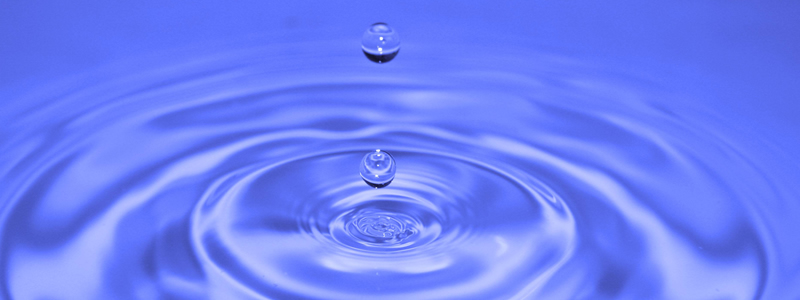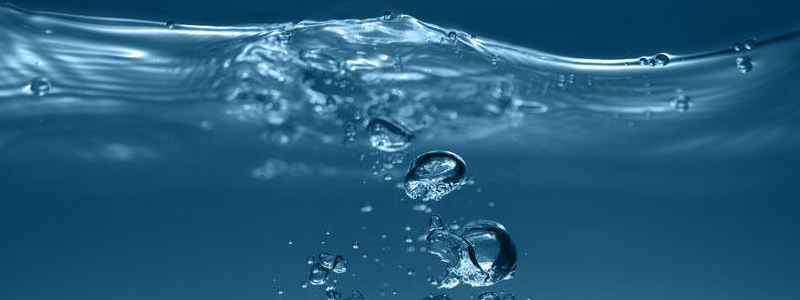
What is Coagulation?
What is Coagulation
Coagulation, in simple terms, is referred to as curdling or clotting. In the chemical aspect, it could be explained as a process by which destabilizes the charges of particles which are not settling down. This is an important step in many different biochemical processes. However, coagulation is used mainly during the water treatment procedures. Coagulation could be achieved simply by adding a coagulant to the medium. This causes the clumping of particles. In respects to the chemistry of this procedure, adding a coagulant destabilizes the particle’s charges. This is achieved by adding a coagulant that possesses an opposite charge to that of the suspended solids.
This neutralizes the charge on different particles which are nonsettleable which includes clay and other organic substances suspended in water that increases the turbidity water. Coagulants include inorganic salts of aluminum or iron. Examples are aluminum sulfate, aluminum chloride, alum and ferric sulfate. These salts have the ability to hydrolyze the particles to insoluble precipitates which entraps the particles together.
Once the coagulants are added and the charges of the particles are neutralized, it allows the particles to interact with each other and stick together. These joined particles are referred to as microflocs. But these particles are not visible to the naked eye. This step is followed by flocculation.
For more information or Inquiry about coagulant product (Organic and Inorganic), please contact us: TIAN@CHEM.NET
We are the professional producer to the Coagulants products.
 Previous
Previous  Next
Next Get answers and advice from people you want it from.